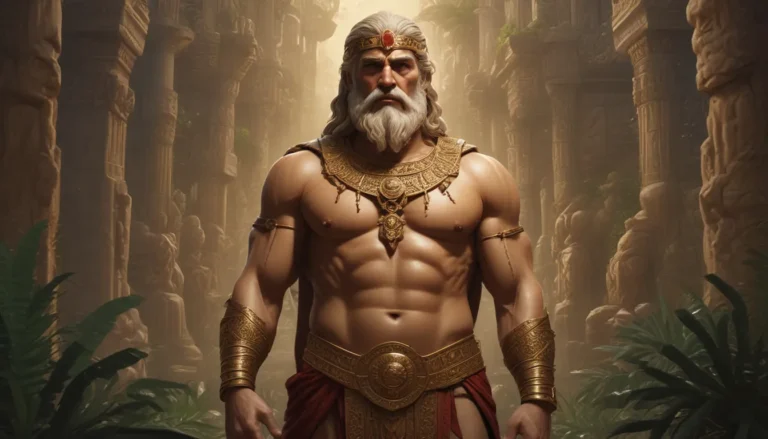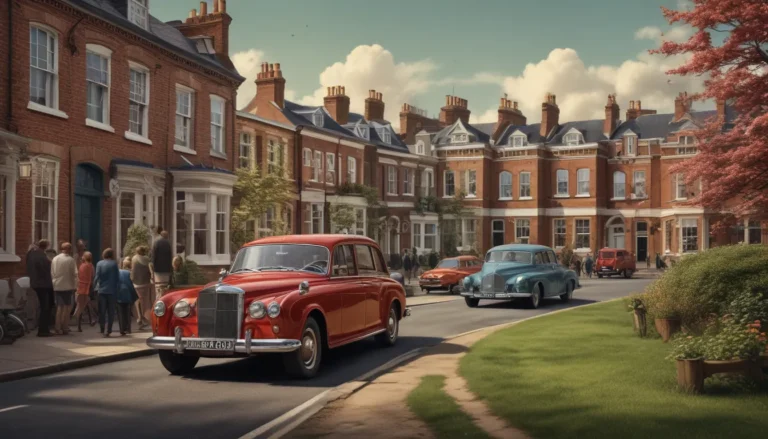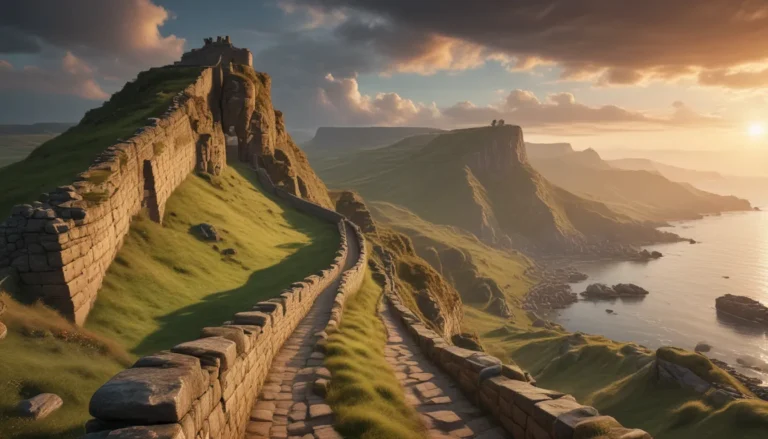The images in our articles may not match the content exactly. They are used to grab your attention, not to show the exact details in the text. The images complement the text but do not replace it.
Welcome to a captivating journey into the heart of American history, where the thundering hooves of countless cattle echo through the vast landscapes of the American West. Cattle drives, those epic treks of moving herds across long distances, hold a special place in the annals of time, shaping the cowboy image and contributing significantly to the country’s economy and culture. As we embark on this exploration, prepare to uncover 21 astounding facts about cattle drives that illuminate the essence of this remarkable era. From the resilience of the cowboys to the challenges faced on the trail, each detail unveils a piece of the grand tapestry that is the legacy of cattle drives in the American West.
Delving into the World of Cattle Drives
Let’s start our journey by understanding the essence of a cattle drive – a process that involved moving a herd of cattle from one location to another, often traversing vast distances. Historically, these drives were orchestrated by cowboys on horseback, navigating the rugged terrains of the American West. Whether destined for markets, railheads, or new grazing grounds, these drives were pivotal in the cattle industry’s growth and development.
Unraveling the Origins of Cattle Drives
The roots of cattle drives run deep into the mid-19th century, a time of unprecedented westward expansion in the United States. Initially centered around Texas, these drives saw millions of cattle making their way to markets in Kansas, where access to eastern markets was facilitated by the burgeoning railroad network. This period marked the birth of an era that would forever shape the landscape and culture of the American West.
The Lives of Cowboys on the Trail
Central to the success of any cattle drive were the cowboys – the intrepid souls tasked with guiding the herds across unforgiving terrain. Their days were long and arduous, beginning before the crack of dawn and lasting well into the night. From keeping the herd together to ensuring they moved in the right direction, the life of a cowboy was defined by grit, perseverance, and a deep sense of camaraderie forged around campfires under starlit skies.
Overcoming Perilous Challenges on the Trail
As cattle drives wound their way through the vast expanse of the American West, cowboys faced a myriad of challenges that put their skills and courage to the test. River crossings, with their swift currents and unpredictable depths, stood as perilous obstacles that could result in significant losses. Negotiations with Native American tribes, seeking to protect their lands, often led to tense encounters, adding another layer of complexity to the journey. And the looming threat of stampedes, triggered by a sudden noise or disturbance, kept cowboys on high alert, ready to spring into action at a moment’s notice.
The Sunset of an Era: The End of the Trail
As the 19th century drew to a close, the era of grand cattle drives began to fade into memory. The expansion of the railway network, rendering long drives obsolete, and the introduction of barbed wire fences, which confined open ranges, marked the end of an illustrious chapter in American history. The last significant cattle drive of the early 20th century heralded a new era in transportation, cattle management, and land use, forever altering the landscape of the cattle industry.
Honoring the Legacy of Cattle Drives
The legacy of cattle drives lives on in the very fabric of American culture, immortalizing the cowboy as a symbol of independence and rugged individualism. From literature to film, music to museums, the cowboy lifestyle and the spirit of the cattle drive era continue to captivate imaginations and inspire generations. Annual reenactments and festivals pay homage to this storied past, allowing modern audiences to step back in time and experience the essence of cowboy life.
Modern Cattle Drives: Echoes of the Past
While the days of large-scale cattle drives have passed, echoes of this bygone era still resonate in modern ranching practices. Smaller drives, undertaken for tradition, tourism, or practical purposes on ranches, serve as a nod to the rich history of the American West. Today’s cowboys and cowgirls blend traditional skills with modern technology, using ATVs and helicopters alongside horses to manage herds with efficiency and precision, bridging the gap between old-world charm and contemporary innovation.
A Reflection on the Enduring Spirit of Cattle Drives
In conclusion, cattle drives stand as a testament to the indomitable spirit of those who braved the untamed frontier, driving herds across a rugged and unforgiving landscape. Their legacy shines brightly in the heart of American culture, reminding us of the transformative power of perseverance, teamwork, and a deep connection to the land. As we gaze back at the trail, we see not just a journey of cattle and cowboys but a saga of resilience, determination, and the enduring bond between humans, animals, and the ever-changing landscapes of America.
Capturing the Essence of Cattle Drives
Cattle drives, with their timeless tales and legendary feats, have etched themselves into the annals of history, casting a long shadow that stretches far beyond the horizon. They embody the spirit of adventure, the resilience of the human spirit, and the enduring legacy of a bygone era. As we bask in the glow of their enduring legacy, let us remember the cowboys, the cattle, and the vast open plains that bore witness to their epic journey through time.
Frequently Asked Questions: Unraveling the Mysteries of Cattle Drives
Q: What exactly is a cattle drive?
A: A cattle drive involves moving a herd of cattle over long distances, typically orchestrated by cowboys on horseback in the American West.
Q: How long did a typical cattle drive last?
A: Depending on the distance, a cattle drive could range from a few weeks to several months, with the priority being the well-being and safety of the cattle.
Q: Were there any famous routes used during cattle drives?
A: Legendary trails like the Chisholm Trail and the Goodnight-Loving Trail were integral routes used for cattle drives, each presenting its unique set of challenges.
Q: What roles did people have on a cattle drive?
A: From trail bosses to cowboys, cooks to wranglers, each member of the cattle drive team played a crucial role in ensuring the success and safety of the journey.
Q: How did cattle drives impact American history?
A: Cattle drives left an indelible mark on American history, shaping the cowboy image, contributing to the economy, and fueling the growth of towns along the routes.
Q: Are cattle drives still a thing today?
A: While large-scale cattle drives have faded, smaller drives for historical reenactments or practical purposes still occur, keeping the spirit of the old West alive.
Q: What challenges did cowboys face on the trail?
A: Cowboys confronted a host of dangers, from stampedes to harsh weather, requiring unwavering vigilance, skill, and quick thinking to ensure the herd’s safety.
Q: Can I participate in a cattle drive?
A: Yes, several ranches offer cattle drive experiences for those seeking a taste of cowboy life, providing a unique opportunity to step back in time and experience a slice of American history.
Your Feedback Matters!
At the heart of our commitment to delivering engaging and trustworthy content lies your valuable insights and contributions. Each fact shared on our platform is a testament to the diverse knowledge and experiences our users bring to the table. As we continue on our quest for excellence, your feedback ensures that we uphold the highest standards of accuracy and authenticity in delivering fascinating and credible information. Trust in our dedication to quality and authenticity as together, we explore, learn, and celebrate the rich tapestry of history that surrounds us.






